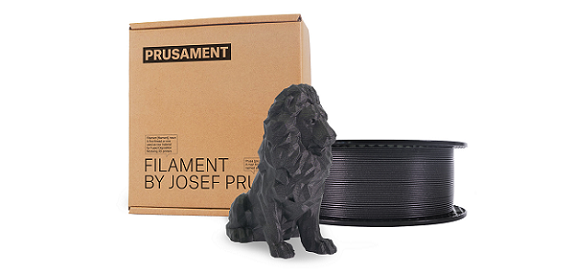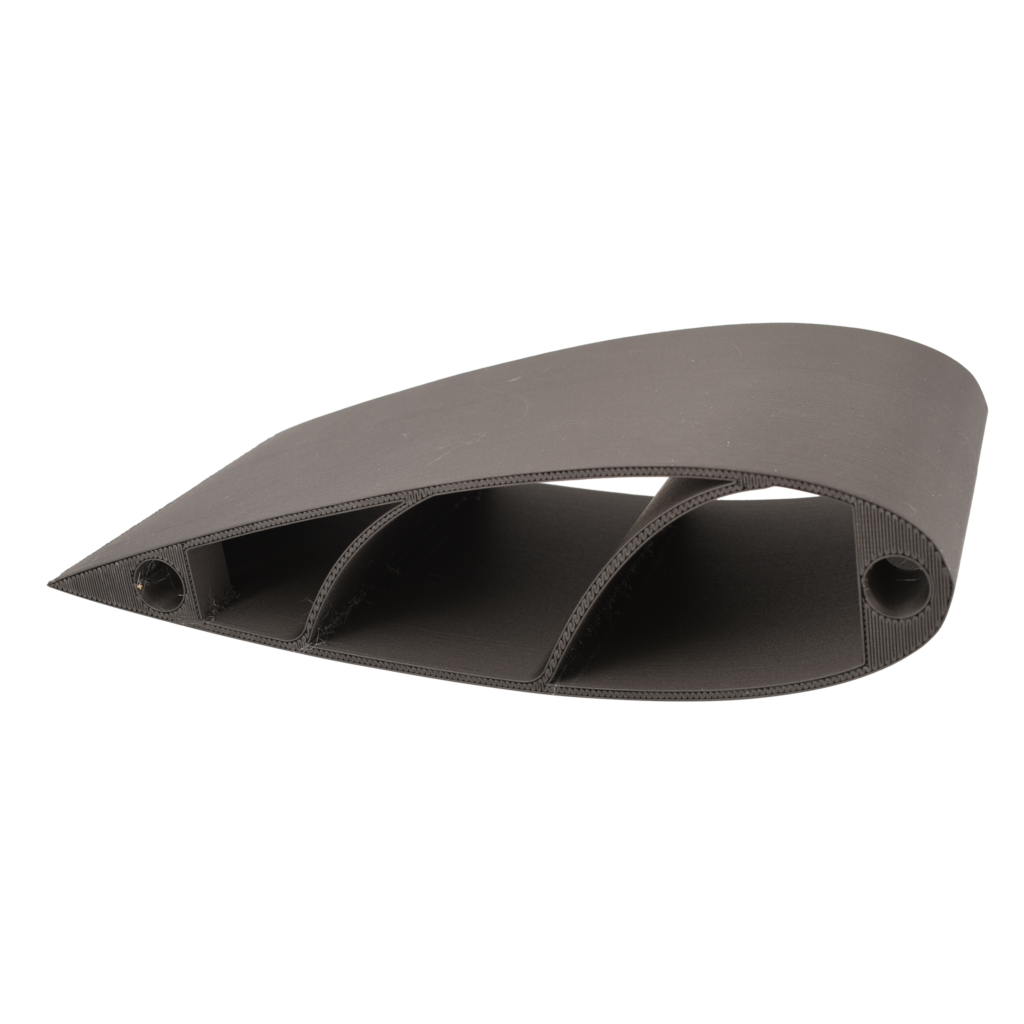In the previous installment of the series we briefly looked at how the market entry of many materials firms, open 3D printers and many other players in software lead to a true ecosystem in desktop material extrusion 3D printing developing. Large companies became comfortable in the market because they could use materials that they knew. Experimentation by makers and small firms meanwhile lead to applications, new part families and uses being discovered all the time.
Compounding Value
Another plus were the compounders and filament makers. We looked before how they were able to make many different variants inexpensively due to filament lines and their economics. There were enough models of $120,000 filament lines that didn’t waste enough material between switchovers while making filament with good ovality and dimensional tolerance. Bubbling and inconsistencies were a problem initially but they were overcome. We got players such as Keene Village Plastics that were able to grow big off of good volumes and production. The Dutch Filaments crowd were able to make anyone any kind of filament they wanted with lots of different performance enhancing additives. They could make it in any shade of the rainbow too. Meanwhile ColorFabb was able to innovate in filled materials and foaming materials as well as sustainable options. Other players like Faberdashery gave filament a lot of style and fashion relevant colors. Inofill was able to speak BASF enough to get bought by them and DutchFilaments were attractive enough and in so many stores and OEM portfolios that they too got bought by Mitsubishi. What these small and later much larger filament firms brought to the market was flexibility and innovation. All wanted to meet the market. These firms had a lot of polymer and compounding knowledge to make materials that extruded correctly and built parts well. At this time Ultimaker became essentially the standard in filament because they tested it and gave some, albeit sometimes cryptic feedback. This lead to a lot of people testing on Ultimaker printers with Ultimaker test specimens and methodologies. It helped that Inofill, DutchFilaments (later MCPP), ColorFABB and Ultimaker were all Dutch and could meet up much more often than other players in the industry which were scattered across the globe. These firms also came to dominate the filament business (for a while). Filaments were made according to the flowability and layer adhesion wishes of the Ultimaker team which you can still see artifacts of in the way filament is made today.
Prusa & Polymaker
But, the happy multicolored PLA party was about to come crashing down around everyone. Yes there had always been Chinese players but the filament they made was horrible. It had a lot of batch to batch variation and problems with tolerance. Often the Chinese players would under dimension their filament and make it much thinner than it was supposed to be. This way they specifically would get fewer complaints from users that their filament would gunk up the machine. They simply were not able to get the right ovality and dimensions so they just made it way thinner. This played havoc on a lot of feeders and was a huge problem for users for a decade. A lot of failed builds and underperformance of 3D printers were actually due to this thin filament problem which has hereto been little understood outside the core Material Extrusion community. Prusa Research’s expansion into filament was pretty much cataclysmic for many small vendors. The company made excellent filament of very high quality for a low price. At the same time Polymaker started to become a credible partner to many OEMs and brands. Now for the first time we had a Chinese filament player that actually made good filament. These two, plus Amazon brands of middling quality were enough to end the Cambrian explosion of small filament firms.
3D4Makers, 3DXTech
Well…not all. One of the firms that along with the other Dutch firms had innovated and produced many different materials and grades was 3D4Makers. Whereas DutchFilaments would make any color in the world and ColorFabb wanted quality innovative materials for everyone, 3D4Makers is different. The small Haarlem based firm, started by father and son Jasper and Peter were interested in industrial uses from the get go. The team started trying to 3D print PEEK before any open 3D printers existed that could print it. Due to that they made their own open high temperature machine specifically for 3D printing PEEK, the world´s first after Stratasys. The team also made their very own extrusion line, by themselves. Their approach meant that they were early innovators in PEEK, PEKK, PA6.6, filled materials in CF and GF, PCL, filled PEI grades and much more. That effort percolated to the market especially once high temperature 3D printers started to emerge such as Roboze, AON and Minifactory. Later a firm in the US 3DXTech started to make filaments in PEEK and other materials as well. The high temperature 3D printer market was small but clients were the Air Forces of the world, Airbus, Boeing and research labs. Materials were difficult to 3D print and large PAEK parts were notoriously hard to make.
FormFutura & RepRapSource
Its important to realize also the role that FormFutura played through being a high performance brand in filament. Though the company white labeled filament it showed to many others that there were possibilities in high performance labeling and branding. This later cane to a head with the ridiculous Pro PLA era when people paid more for PRO grades of materials without really understanding why. The fact that a premium could exist meant that OEMs, materials companies and retailers looked for premium opportunities, grades and materials. It seems weird now but people hadn’t really considered that. At the same time RepRapSource (and other sites) were early watering holes for 3D printing. These sites offered people lots of different materials, nozzles and other things to enhance their printing experience. They were a way for the aftermarket to come about, initially through selling kits and RepRap specific materials. But, then the aftermarket got huge.
Subscribe to Our Email Newsletter
Stay up-to-date on all the latest news from the 3D printing industry and receive information and offers from third party vendors.





